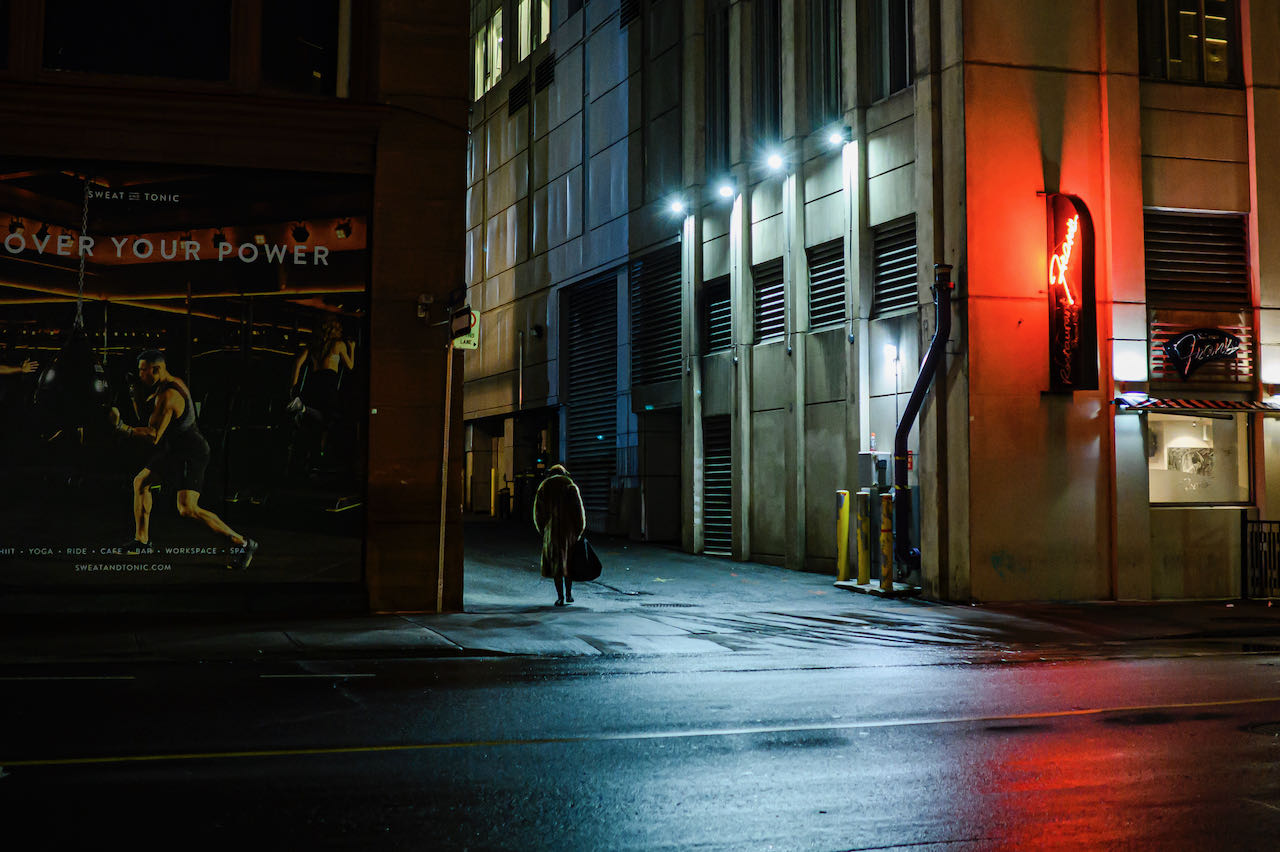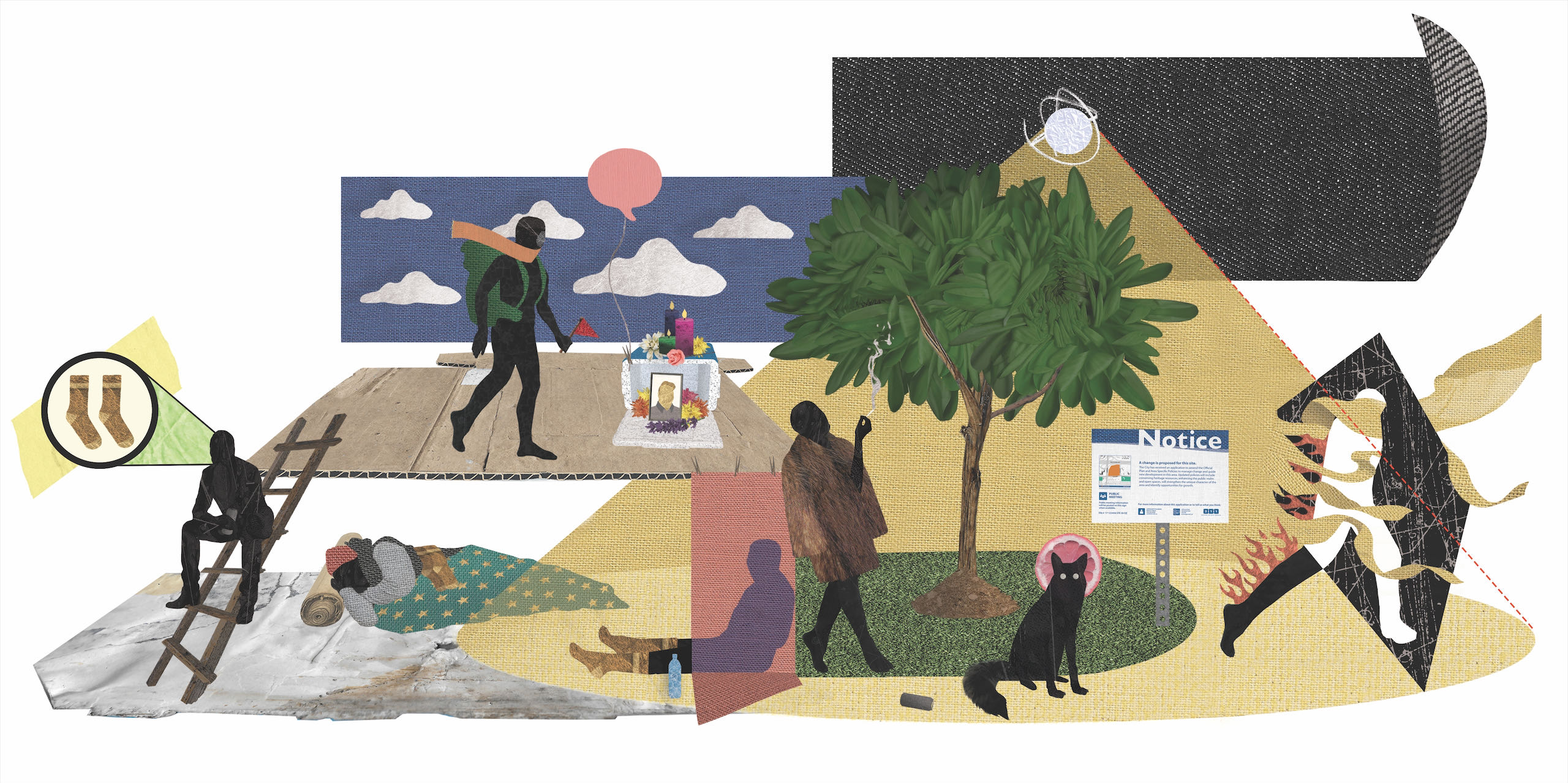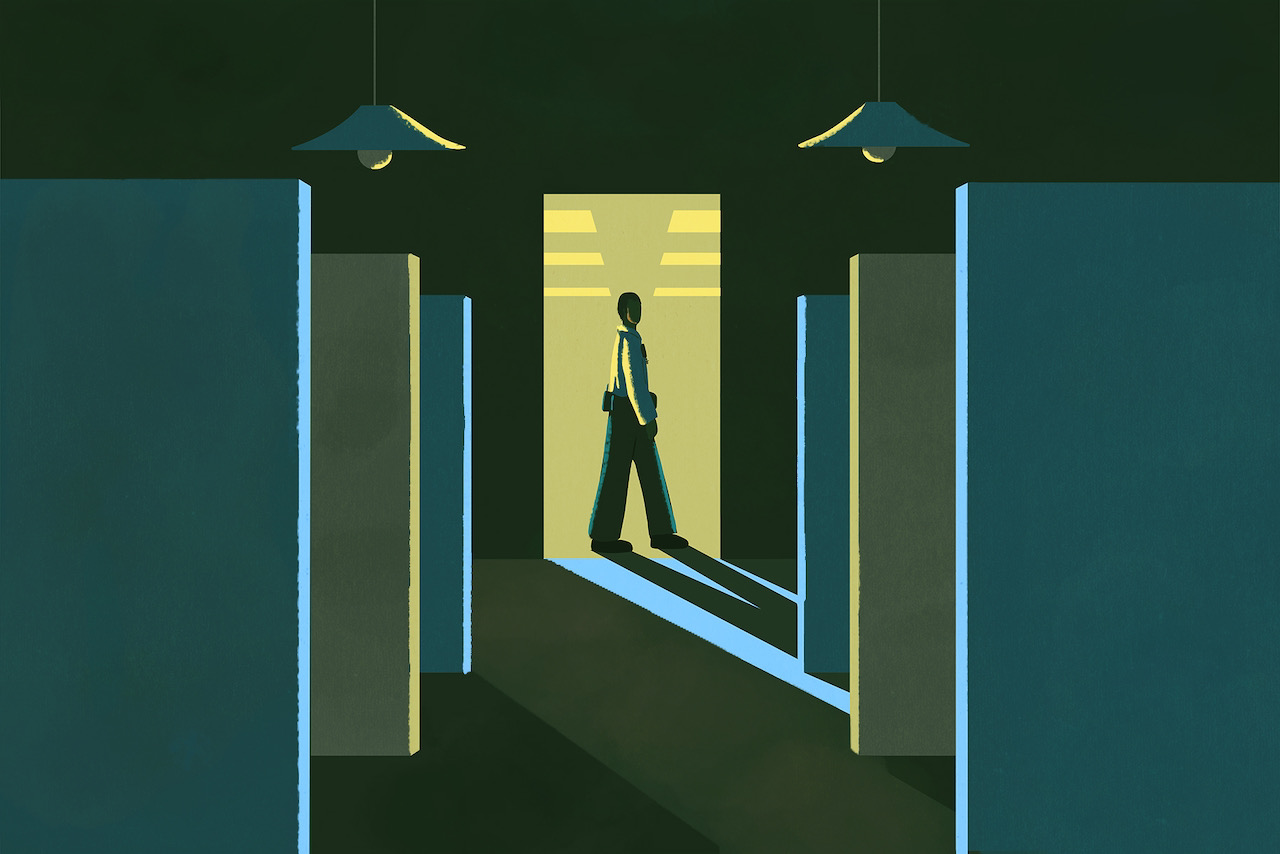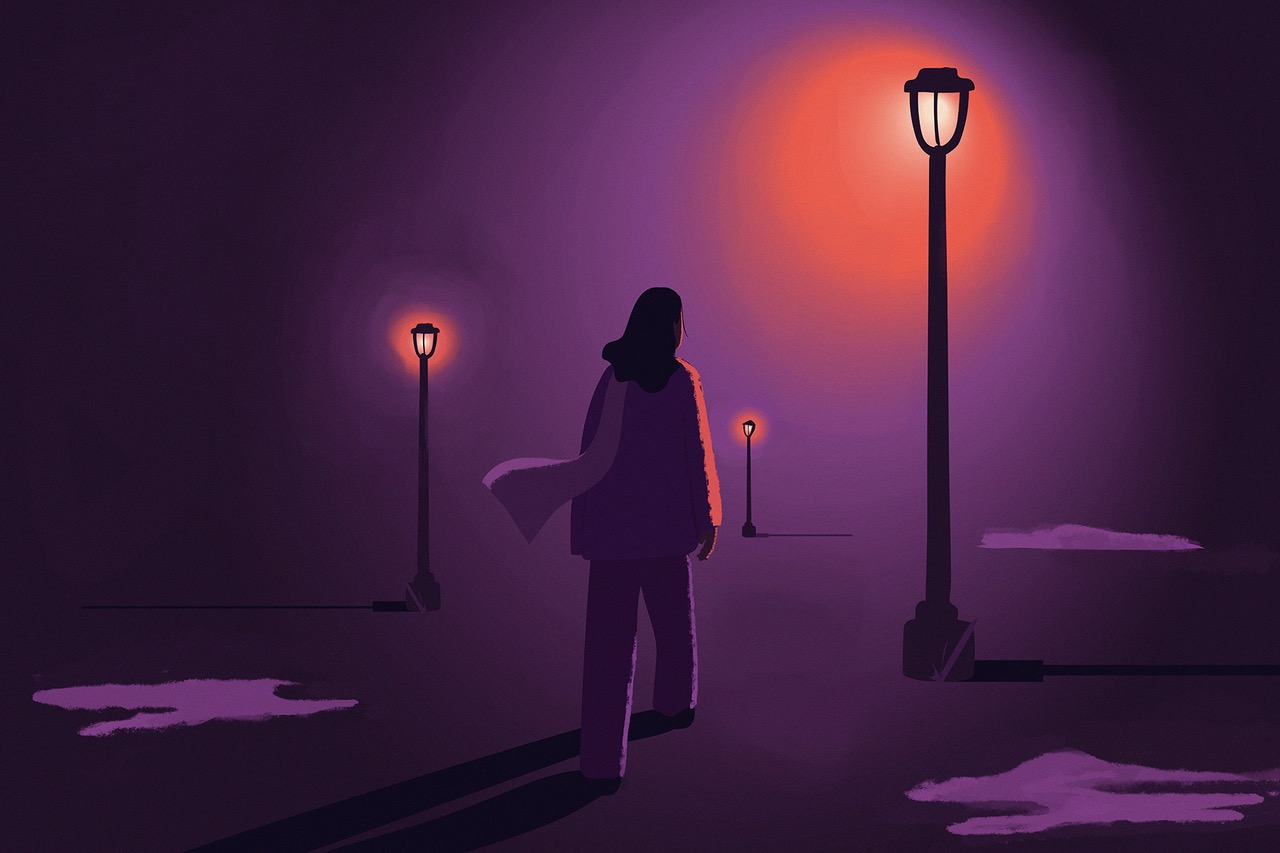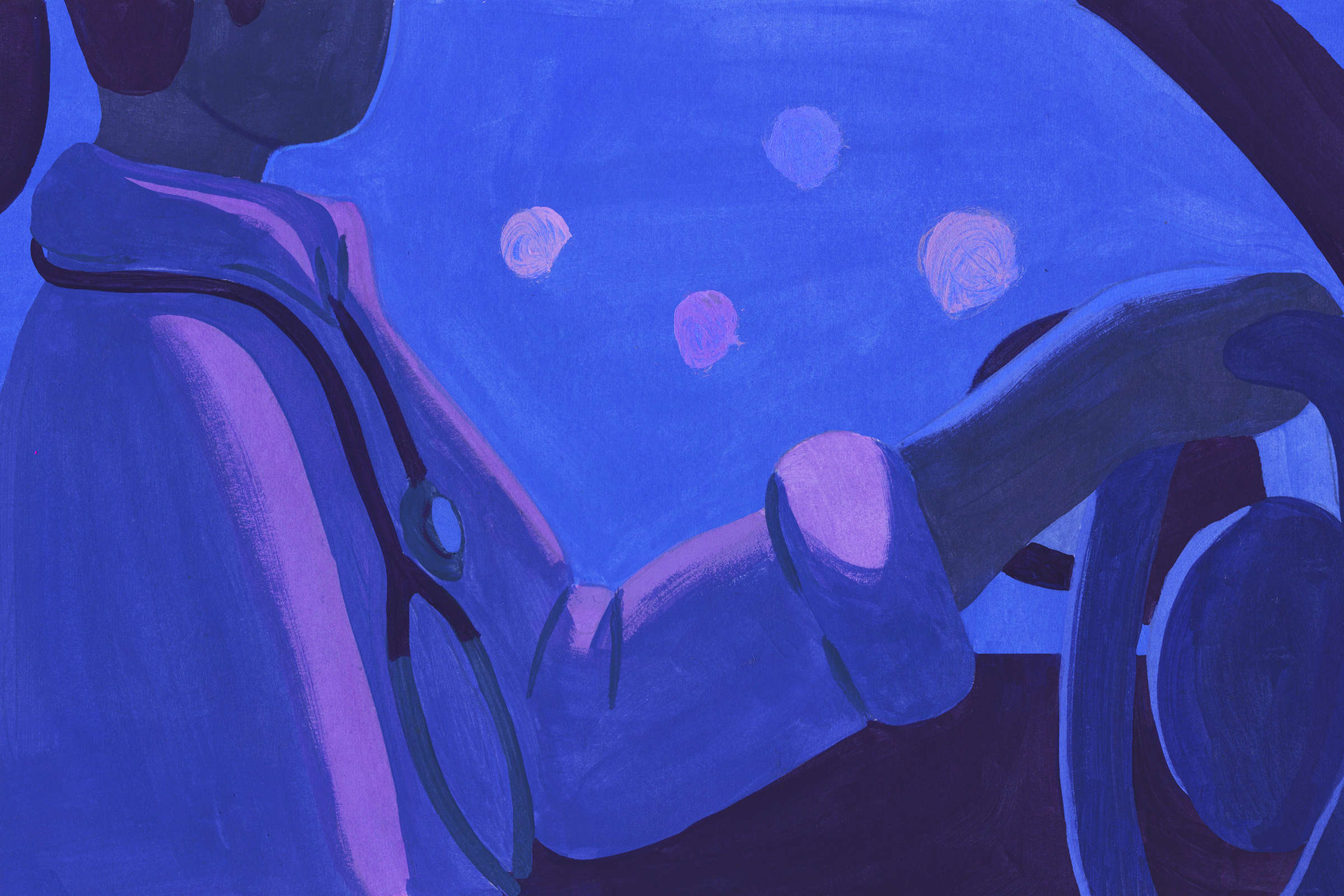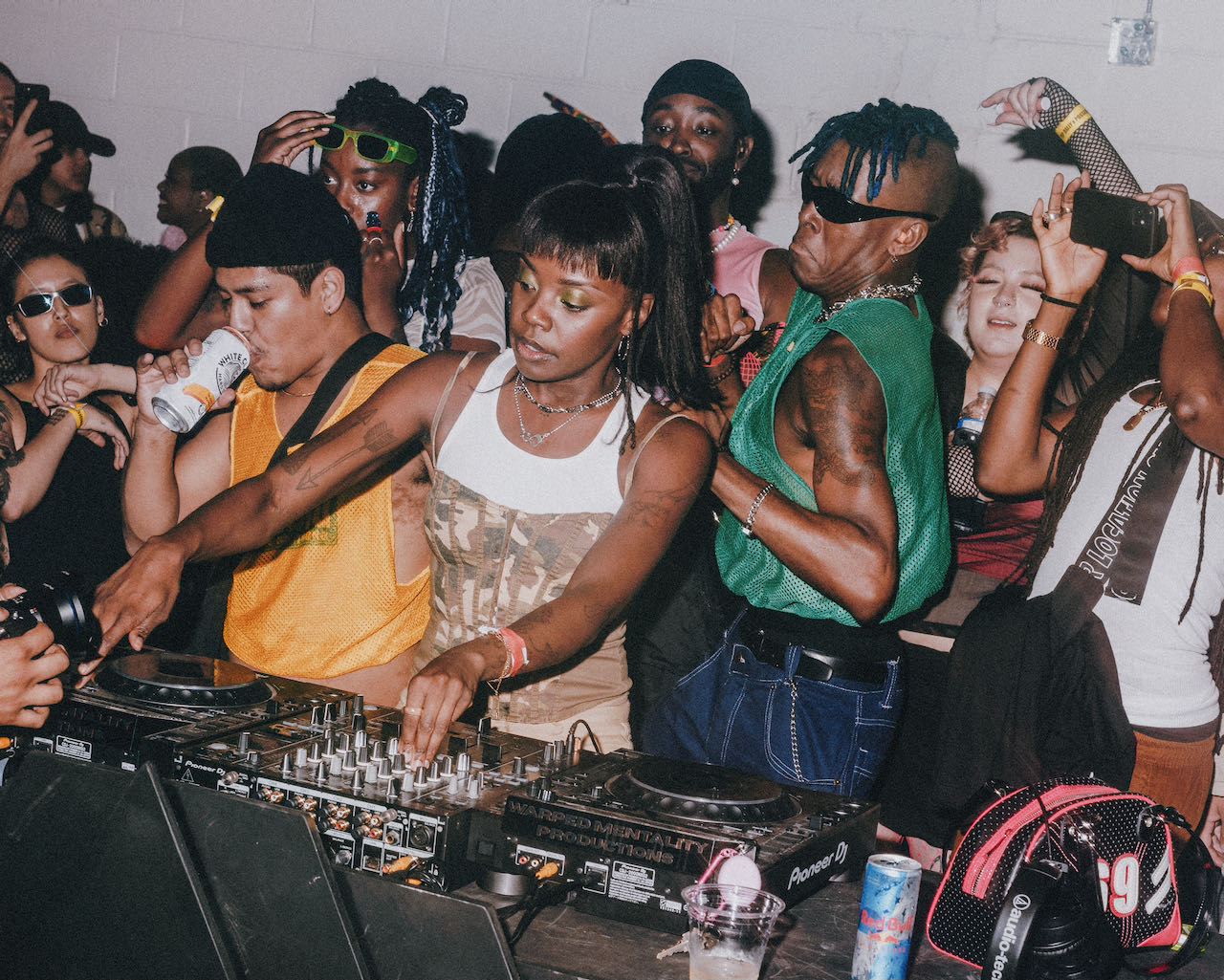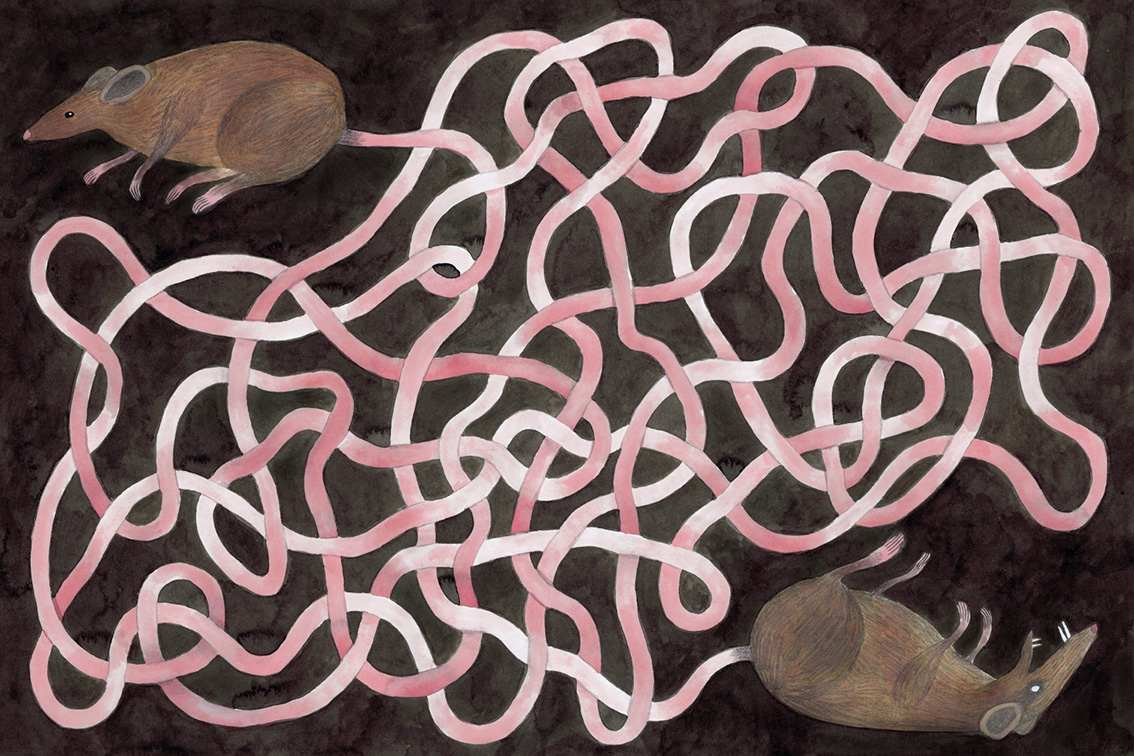

The life of a Toronto rat is spent in near-total darkness. By day, the rodents sleep in underground pipe networks, in roadside burrows, and the empty spaces inside walls and ceilings. They emerge only late at night, when human activity is lowest, to forage in dumpsters and kitchens for food.
Dale Kurt, regional manager for Orkin Canada who has worked in pest control for over 30 years, spends a lot of time peering into the city’s darkest spaces, trying to outsmart our most elusive residents. Kurt and his team will often enter the building—mostly commercial properties, like retailers, schools, restaurants—in the late evening or early in the night, after business hours are over but before the rats emerge. Dressed in masks and safety suits, he and his crew map the area, blocking off food sources and sealing potential entry points. Then they set up traps, poison, and motion-sensitive cameras which capture any rat activity after they leave. Toronto is Canada’s “rattiest” city—as determined by a recent Orkin press release—which means he’s rarely bored.
The more densely populated a place is, the more rats it produces—hence the famed vermin of New York City and Chicago, and now, luckily for us, Toronto. The synergy between rats and cities is such that rats have come to symbolize cities themselves, standing in for everything excessive, squalid, and dysfunctional about urban life. To get psychoanalytical: as the human psyche is divided into opposing realms—the conscious vs the subconscious, the Apollonian drive for order vs the Dionysian urge for chaos—so is the city. If people rule the bright, civic day, rats are the lords of the night.
Kurt tells me about an apartment building that had rats for over 20 years. “They themselves called it the rat building,” he says. Several extermination companies had tried and failed to remove the rats before him, and the owners were at their wits’ end. They were having trouble renting units because people could hear the rats squealing and scratching in the ceiling above the lobby. “The underground parking was amazing: there were rats everywhere.” The owners showed him security camera footage taken late at night, which he says “looked like Jurassic Park.”
“Rats were just running back and forth all over. They had six or seven vehicles in the underground parking that had to be towed out of there, because rats had chewed all the wires inside.”
Kurt and his team installed snap traps in the ceilings and walls, and returned the next day. “There were just pieces of rats left,” he says. “Just heads. Because the other rats were eating the remains of the rats in the traps.” He went to a different level and peered up into the ceiling voids with his flashlight. “I opened up the ceiling and looked up with my light and it literally looked like a Christmas tree, with all the little eyes shining and catching the light. All the little eyes looking at me, from all the different areas.” They wound up removing over 300 rats per day.
“I opened up the ceiling and looked up with my light and it literally looked like a Christmas tree, with all the little eyes shining and catching the light.”
For a typical resident in typical times, the omnipresence of rats is an easy fact to repress. But the pandemic changed that. Calls to Orkin went up 20 percent in 2020—but as Alice Sinia, lead entomologist for Orkin, tells me, this might not mean there are more rats in the city. It might just mean we’re seeing them more. “Before COVID lockdown, there were more food sources for rats,” she explains. “After lockdown, many [restaurants, food processing plants, and stores] closed down, so the rats had to migrate to residential areas where there was more food and water.” Construction projects also disturbed rat populations—also known as “mischiefs”—causing horizontal migration across the city, even during the day. As it did with a myriad of other issues, the pandemic didn’t cause Toronto’s rat problem so much as bring what was hidden into the light.
Because exterminators work during the day, and rats do their thing at night, pest control work has the staggered quality of a long-distance chess game. When he is not on location, laying traps and poison, Kurt is often reviewing footage from the motion-sensitive cameras he places around buildings to catch rats on their nocturnal forays. Often he is trying to catch an “alpha rat”—the dominant patriarch who rules every mischief, securing for himself the best food, the warmest shelter spots, the most fertile mates, through a combination of intelligence, size, and brute violence.
“They’re really very daring,” Sinia tells me, when I ask her about alphas. Her tone suggests she’s a bit impressed—a thing I’ve noticed with the rat professionals I speak to (“Mice are easy to get rid of,” another pest control technician told me, his voice laced with contempt. “They’re just dumb.”). “If you’re walking around and see a few rats running around and there’s one there staring? That’s the alpha.”
But, Kurt says, alphas can also be protective: they sense traps and poison more readily than their beta inferiors, communicating the threat to the larger group. Hence the importance of cameras. “We might do work in an area and think we’ve solved the problem, but there can be one or two of those alpha rats left who are just that much more difficult,” he explains. “Good, experienced technicians are like ‘there can’t be anything left at all’ and then we get pictures right away—they’re still there!”
I watch one such video, taken hours after the last trap has snapped. A pointy rat head emerges from a hole, scanning, assessing. Then its fuzzy body squeezes out, the tail loop-de-loos, and off it goes, to rebuild its kingdom in the night.
Rats evolved alongside humans, eating our garbage, seeking shelter in the corners of our homes and food stores. The diseases they carry, including the Bubonic Plague, have killed millions. By the late 18th century, they were present in major cities across Asia, Europe and Africa, and likely arrived on the east coast of the Americas via ship, moving westward at a clip of 25 kilometres an hour.
Today, if you picture a rat, chances are it’s a Norway (Rattus Norwegius: the most common rat in Toronto). They’re large, up to 18 inches from head to tail-tip, in the pleasingly plump shape of a freshly baked bread loaf. They have twitchy pink noses, delicate hands and feet, and shiny eyes that gleam in the dark like two drops of solder. Greasy, greyish fur clumps together to reveal patches of pale skin beneath.
But the thing that makes a rat a rat—that makes it unsettling, threatening, repulsive—is the tail: a whip of skin-covered bone that is disproportionately long and thin compared to the body. It appears to move independently of the rest of the animal, and it is always in motion. A rat can be sitting there, doing nothing, while the tail is moving and moving, in one moment tracing lazy fluid circles in the air, in another lashing with muscular propulsion, then still another snapping up rigid and straight, without any reaction registering on the rodent’s face. Rat tails are proprioceptive—meaning they are an extra sensory system for rats, helping them navigate their environment and even sense dangers. To me, it looks like they have their own souls.
In 1946, as part of a much-publicized “rat eradication week”, Toronto mayor Leslie Saunders put out a bounty on rats, encouraging residents to mail the severed tails to city hall after each slaughter. As reported by Adam Bunch’s newsletter, the Toronto History Weekly, the winners got $300 each in prize money—about $4,750 today (the top prize went to a South Riverdale resident who mailed in 162 tails). This is a nice illustration of a fledgling theory I have: as rats have come to symbolize cities, rats are symbolized by their tails.
Jason Ward is a licensed exterminator for Pesticon, who also works as an independent pest control contractor with the name Get-Em Pest Control. He’s tall and broad-shouldered—he looks less like an exterminator than an actor playing an exterminator in a movie. On a warm Wednesday in late November, I meet him at an unassuming brick duplex in the city’s east end to watch him set up a job.
“See? Here,” Jason says, pointing to a hole in the rubber and wood of the garage door, scalloped with bite marks. That’s pure rat, he says—no other rodent can chew through wood. Another giveaway: the “raisin-like” droppings inside the garage, which is packed to the brim with old furniture and crates of old papers and cardboard. “Rats love clutter, because they can burrow in it,” Jason explains. On the back wall of the garage is a bunch of tubing for the house’s vacuum system, through which the rats were likely accessing the walls, where the owner hears them scratching at night. With practiced ease, Jason distributes small, poisonous bricks of First Strike (pellets made up of compressed oils with a “nutty” flavour that rats find especially delicious) evenly through the garage and at key points throughout the house—the furnace room, basement, and kitchen. The rats won’t start dying for another two or three days.
“That’s it,” Jason says, flinging the garage door shut. He drives me to a subway station in his pickup, which is unmarked, like an undercover cop car. This is on purpose. “We get a lot of celebrities, even politicians,” he explains. “They don’t want anyone to see they need an exterminator. People think that if you have rats or bugs or mice, that it means you’re dirty.”
But this isn’t true. Rats are smart. They can chew through anything and squeeze through holes the size of a quarter. They reproduce like crazy—two rats can produce a colony of hundreds within a year. Anyone can get rats, he says. But they do love clutter.
Rat tails are proprioceptive—meaning they are an extra sensory system for rats, helping them navigate their environment and even sense dangers. To me, it looks like they have their own souls.
Toronto author and journalist Linda Besner knew her husband’s house, a brick semi in the east end, had a cluttered basement before she moved in with him. It was an unfinished space piled high with various islands of junk—old mattresses, piles of carpeting, crates, garbage. She figured they’d clean it out at some point, but this didn’t happen, and the longer it didn’t happen, the more the basement became, in her words, “a roiling, subconscious space of dark thoughts, feelings, shame and despair.”
In 2019, she stood at the top of the basement stairs and heard unmistakable squeaking from below. It felt like less of a surprise than an inevitable culmination of an ongoing horror saga, she says. Over the next two years, the basement—the darkness—became a full-time preoccupation for the couple, an ongoing physical and psychological war. In addition to infesting the entire basement, the rats were migrating at night to scavenge for food in the kitchen. “If you went down to the kitchen when it was still dark and turned on the light, you kind of knew that a rat would be on a counter or scuttling about,” adds her husband Tom Howell. Thus, the house became split in two: the night, and the basement, belonged to the rats, while Besner and Howell ruled the daytime and the second floor. After they hired an exterminator, and began putting out traps and poison on their own, the main floor became the buffer zone, a space etched with every victory and loss.
Every morning, they awoke to carnage. “You sort of knew that when you came down for coffee in the morning, you could expect to wake up to at least one dead body,” Besner recalls. The death scenes were vivid tableaus of the previous night’s battles. One morning, Besner awoke to a spectacle she calls the “two-trap rat.” Its lower body had been caught in a snap trap—but it didn’t die. Instead, it had pulled itself, trap and all, across the floor towards another baited trap, where it was finally decapitated. Another morning, she opened the lid of her top-loading washing machine to find a live rat, which, sensing its fate, stood up on its hind legs and screamed. Howell scooped it into an empty can, covered the can with a grocery bag, and then beat it to death with a sledgehammer. In the relative quiet of the day, they removed rat corpses with shovels, wiped up the blood from traps, and re-strategized.
Once the rats began dying en masse, the smell of their rotting corpses became so overwhelming that the pair began regularly eating out. At a nearby pizza place, the couple mapped their basement, developing a story about the Liberation of Ratlandia. They divided the basement into various territories—The Treacherous Mountains of Mattressia, the Tin Caves, The Kingdom of Royal Laundry—that were ruled by the rodents, one massive monarchic family. This had the advantage of breaking the overwhelming job of extermination down into strategic chunks. “I guess it helps to cartoonify the thing that you’re facing that is scary and disgusting,” she says.
Blue post-it notes now cover the map, each territory bearing a new, liberated name. Howell and Besner have cleared some of the clutter from their basement, and they haven’t seen a rat in over a year. They are sleeping better, knowing their house belongs once more to them and them alone.
But Besner is always aware that the rats can come back, because they are so close, so clever and numerous. Once you’ve become aware of rats—however many there are—it’s difficult to not sense their presence at all times. This is maybe the most uncomfortable truth about rats. As with all opposites, the fates of humans and rats are twined: there is no us without them. As long as cities are cities, they will be with us—eating our refuse, colonizing our clutter, burrowing down into our secret, shameful spaces. I imagine a cross-section of Toronto, humans walking above, rats sleeping below, packed into sewers and pipes, with their tails curled around their bodies, twitching. Waiting for the night.
Correction—December 15 2022: An earlier version of this article incorrectly identified Alice Simia as Alice Sinia and stated that rats were present in major cities across the world by the 13th century not the 18th century.

